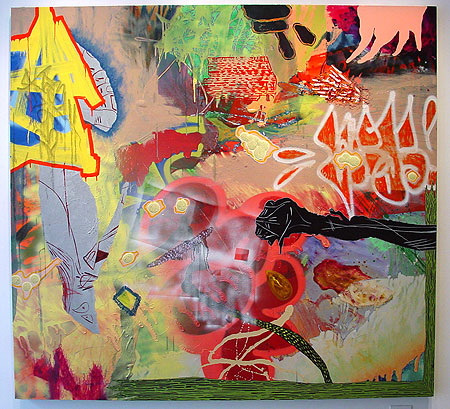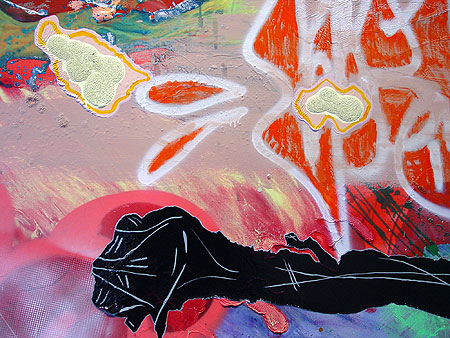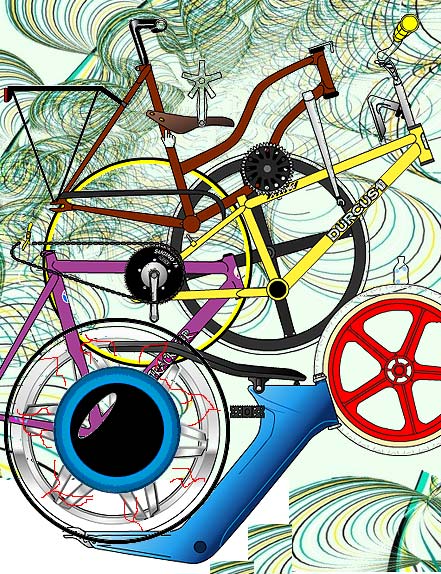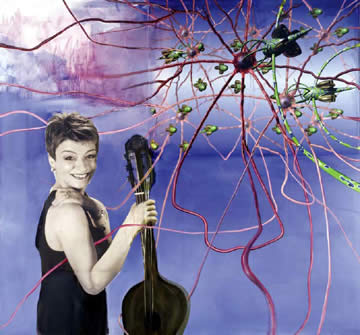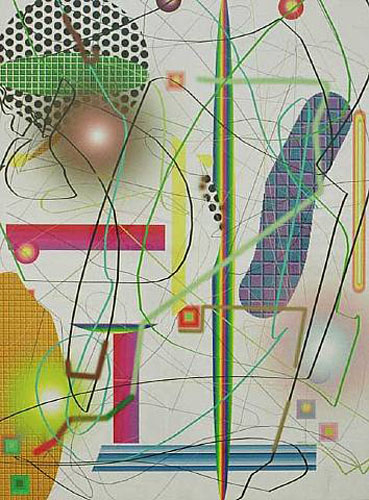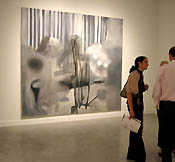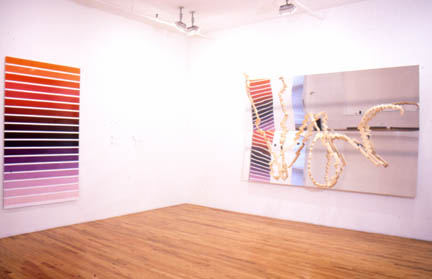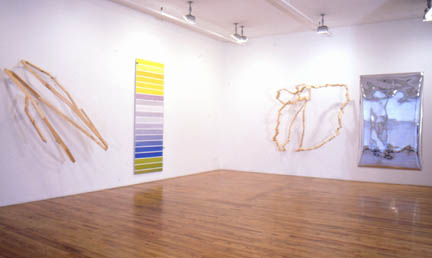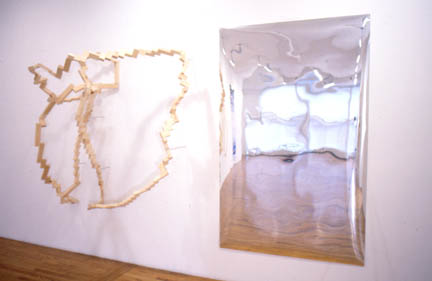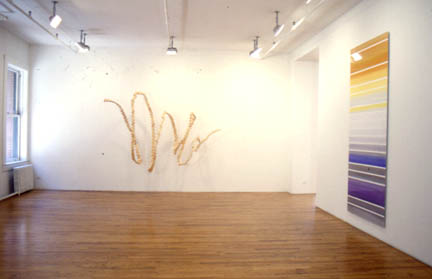
Diana Kingsley, Blue Ribbon, 2005, 42" x 40", lambda print
The artwork above, by Diana Kingsley, was recently removed from a curated show in a building at 55 5th Avenue in NYC (at 13th Street). The property is owned by arts patron Francis Greenburger, founder of Art Omi, an artist's colony in upstate New York. Greenburger employs a full time curator, Elisabeth Akkerman, to install art in buildings he owns around the city and country. And not just install--the above work appeared in a two person exhibition called "Blue Ribbon," which is the name of Kingsley's piece--clearly her work was an important element in the show. The other artist, Kate Gilmore, shows with Smith-Stewart gallery; Kingsley is a Bellwether alum who has been showing at Leo Castelli.
Why was the work removed? Besides housing the headquarters of Greenburger's company, Time Equities, Inc., the building on 5th has a medical office where women come to get mammograms. According to Kingsley, the curator told her that a complaint had been made because someone felt it was inappropriate to see full breasts on display--in a sweater!--in a place where women were possibly getting bad news about cancer.
That's it. That's all it takes, and the artwork is gone. This wryly humorous and rather gorgeous image, with an awkwardly placed brooch mirroring a cheesy floral award in a play of irrational, cantilevered symmetry, will not be seen. And an arts patron does nothing to stop the suppression.
This is pure speculation, but I wonder if it was actually men who were disturbed by the image and the traumatized cancer screeners just a politically correct excuse to get rid of it. Corporate lobbies are dull unsexed places and this decorum is ironclad.

